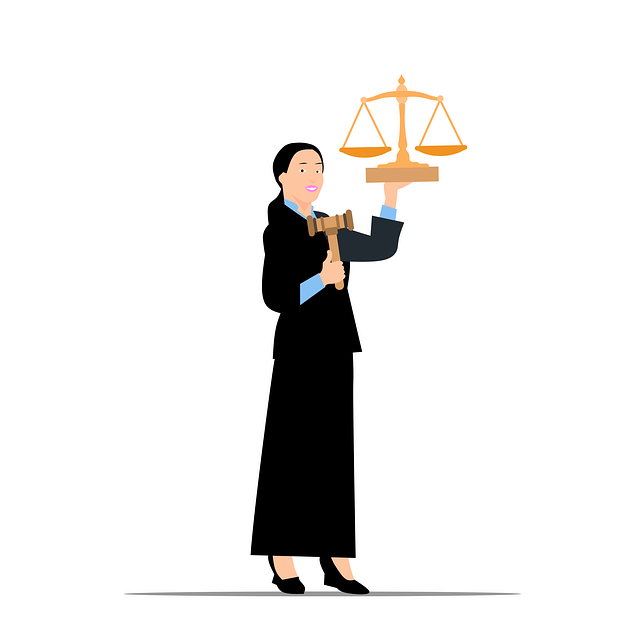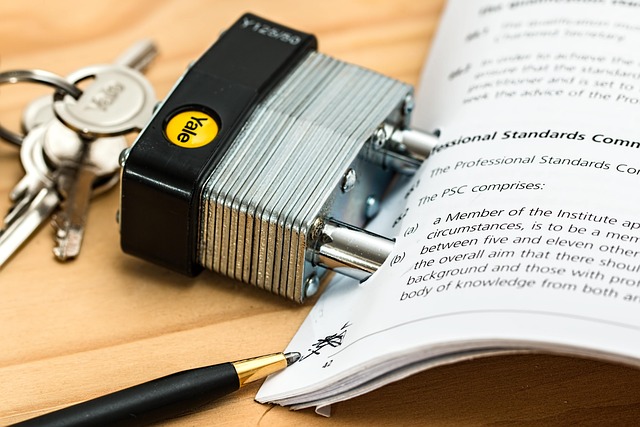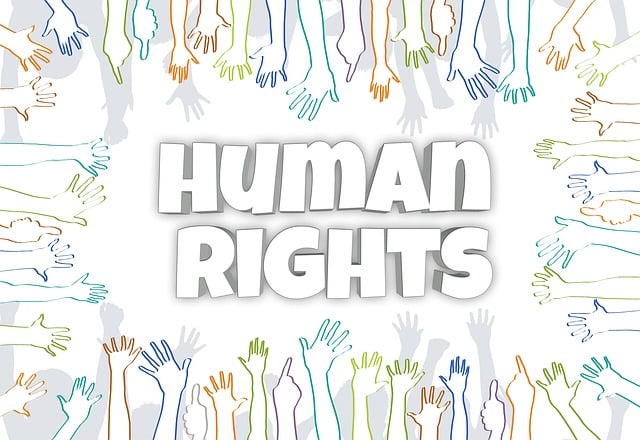Product liability claims are a critical tool for consumer protection, holding manufacturers accountable for harm caused by defective products. These claims arise from personal injuries, property damage, or fatal accidents due to product defects. Legal complexities often involve inadequate warnings, especially in cases like car accidents with faulty parts. Consumers expect safe products, and missing or unclear warnings can lead to claims. Accurate labeling and user guidance prevent such issues. Proper warnings mitigate legal risks by demonstrating responsible communication of potential dangers. Strategic planning, including identifying product defects, documenting incidents, and leveraging legal experts, is essential when pursuing a product liability claim for inadequate warnings.
“Unraveling the complexities of product liability claims, this article delves into the critical aspect of proper warnings and their impact on product safety. In today’s market, manufacturers have a legal obligation to inform users about potential risks associated with their products. We explore how inadequate or missing warnings can lead to significant consequences, including personal injuries and product recalls.
Through this guide, we’ll navigate the process of filing a product liability claim, offering insights into legal rights and the steps involved in seeking compensation for harms caused by defective product warnings.”
- Understanding Product Liability Claims
- The Role of Proper Warnings in Product Safety
- Process of Filing a Product Liability Claim Due to Inadequate Warnings
Understanding Product Liability Claims
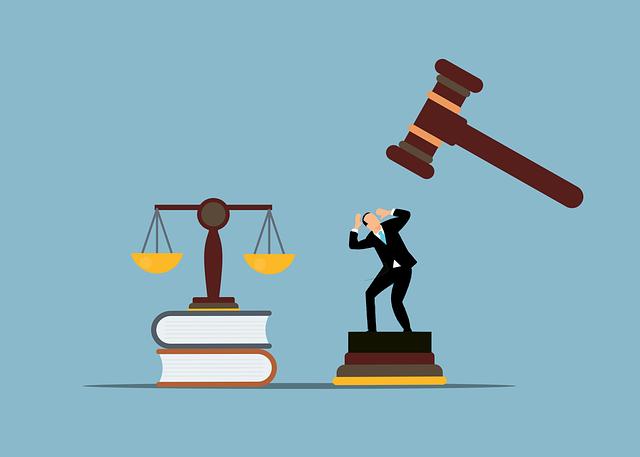
Product liability claims are a critical aspect of consumer protection, holding manufacturers and sellers accountable for any harm caused by their products. These claims arise when a product is deemed defective or unsafe, leading to personal injuries, property damage, or even fatal accidents. In many cases, such as car accidents involving faulty vehicle parts, a skilled car accident lawyer plays a pivotal role in navigating the legal complexities of these claims.
When consumers purchase a product, they expect it to function as intended and not pose any unreasonable risks. However, inadequate or missing warnings can significantly impact this expectation. If a manufacturer fails to provide clear instructions or cautions about potential hazards, users may be exposed to dangers they weren’t made aware of. This can result in various types of claims, including personal injury claims and property damage claims, emphasizing the need for accurate product labeling and user guidance.
The Role of Proper Warnings in Product Safety

Proper warnings are an integral part of product safety, acting as a crucial shield between consumers and potential harm. They serve as a clear communication link between manufacturers or sellers and users, ensuring that any associated risks are understood and managed. A well-crafted warning label or instruction manual can significantly reduce the likelihood of product liability claims, as it demonstrates a responsible approach to informing customers about possible dangers.
In many instances, product liability disputes arise when there is an absence or insufficiency of warnings, leading to unforeseen accidents and injuries. This is especially pertinent in cases involving hazardous materials, complex machinery, or products with unique usage requirements. By providing comprehensive and easily understandable warnings, manufacturers can foster a safer environment for consumers, mitigating the risk of legal repercussions that often accompany partnership disputes, employment contracts, or commercial disputes related to product harm.
Process of Filing a Product Liability Claim Due to Inadequate Warnings
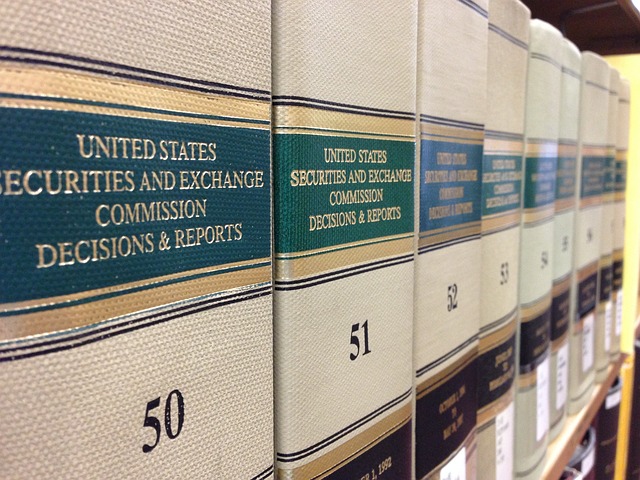
When filing a product liability claim due to inadequate warnings, it’s crucial to initiate the legal process with careful consideration and strategic planning. The first step involves identifying the specific elements that render the product defective. This includes evaluating whether the manufacturer or distributor failed to provide clear, concise, and comprehensive instructions or warnings regarding potential hazards associated with the product. In many cases, an accident lawyer specializing in product liability can be invaluable, guiding you through this intricate process.
The journey typically begins by thoroughly documenting all relevant details of the incident, including medical records and any evidence related to the product’s condition. This information is then analyzed to establish a breach of fiduciary duty or negligence on the part of the responsible party. By presenting a compelling case, which may include expert testimony and legal precedents, victims can seek compensation for injuries or losses incurred due to the defective product.
A successful product liability claim stemming from improper warnings highlights the critical importance of clear, comprehensive labeling and user instruction. Companies have a legal obligation to ensure their products are safe for intended use, and this includes providing adequate warnings about potential risks and hazards. Failure to do so can result in serious consequences for consumers and lead to viable product liability claims. Understanding both the legal framework surrounding these claims and the specific circumstances leading to harm is essential for businesses aiming to protect themselves from such litigation.

